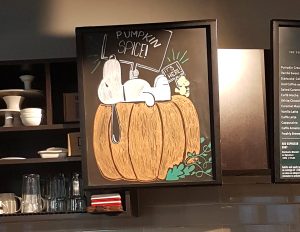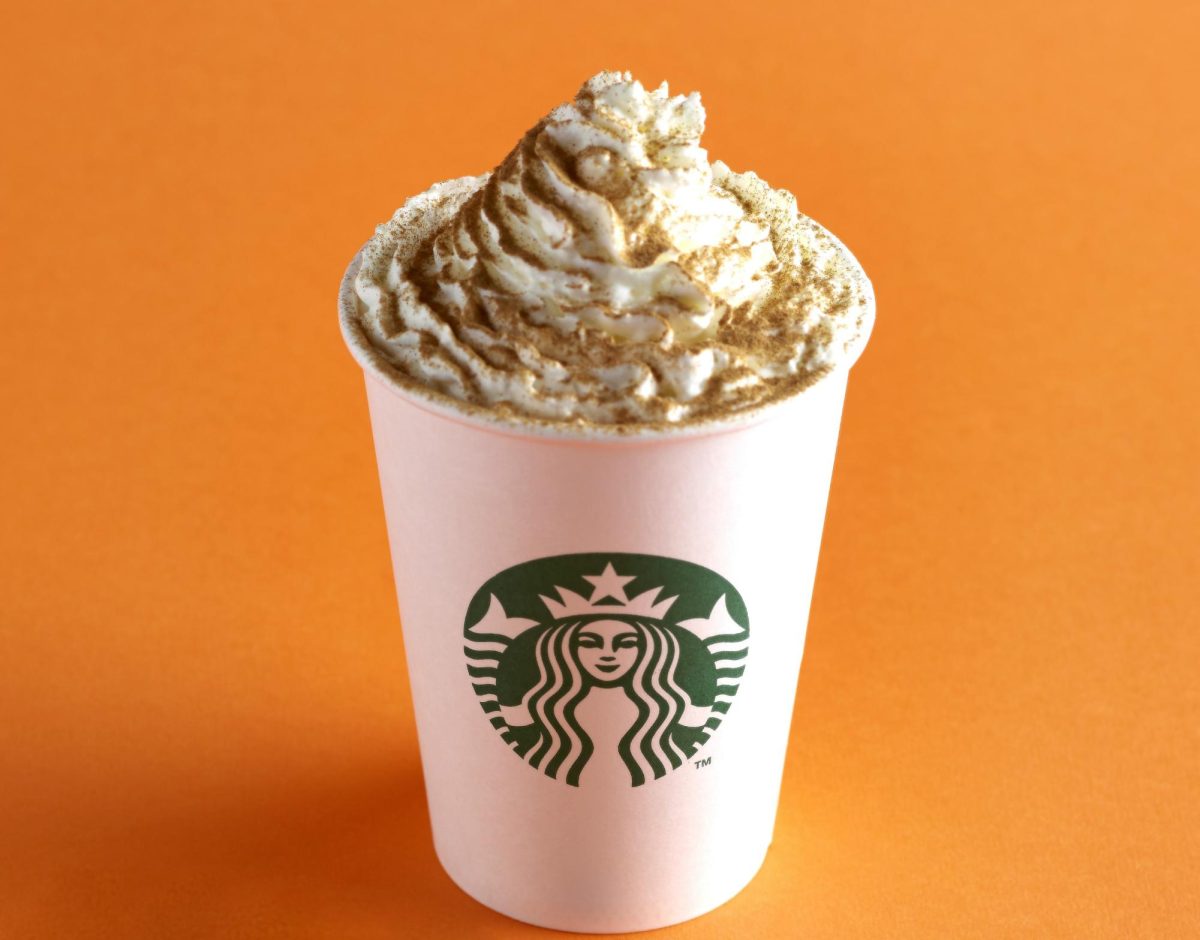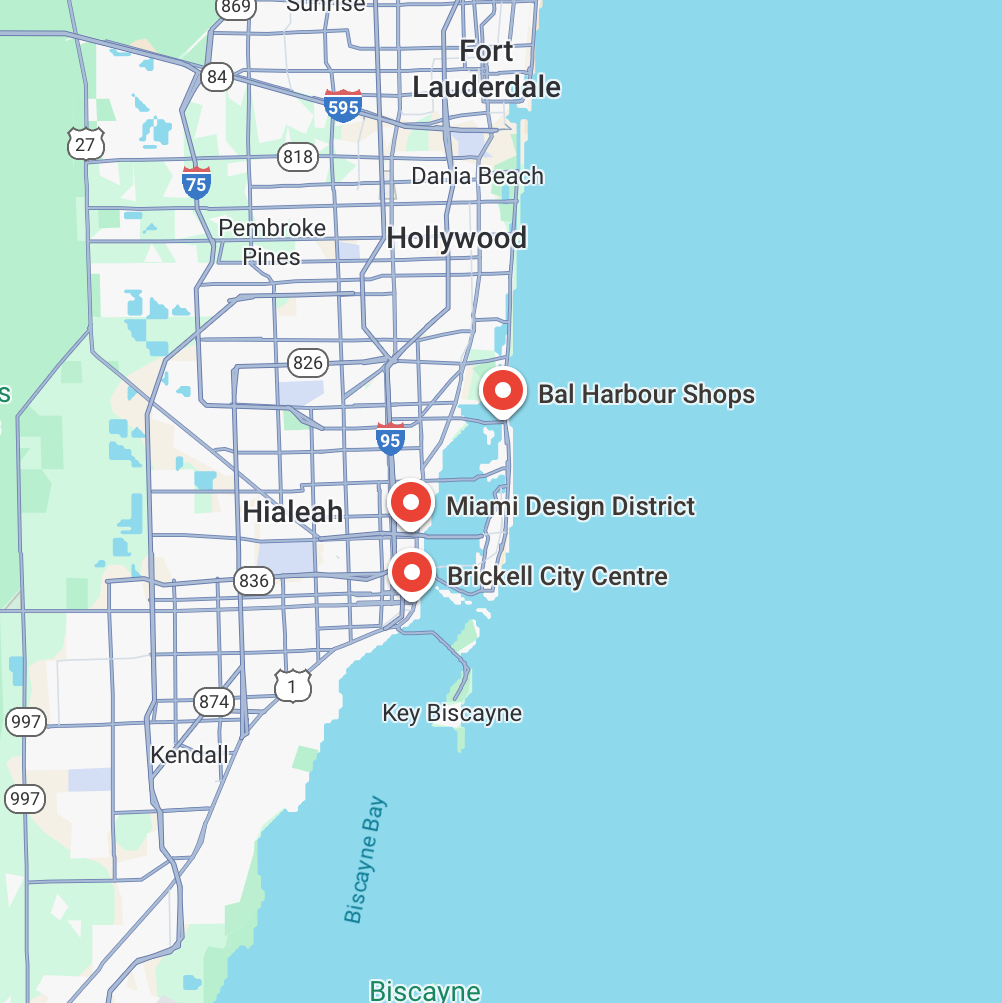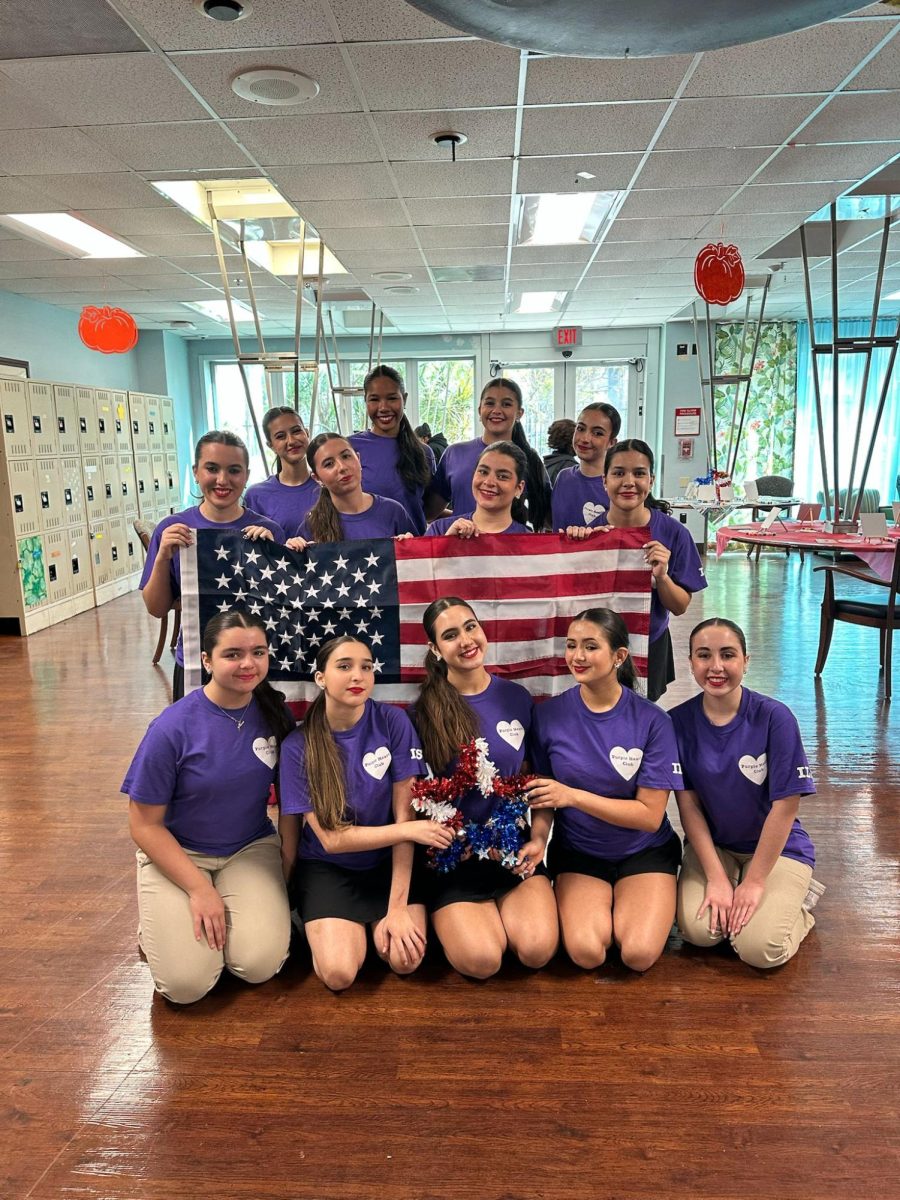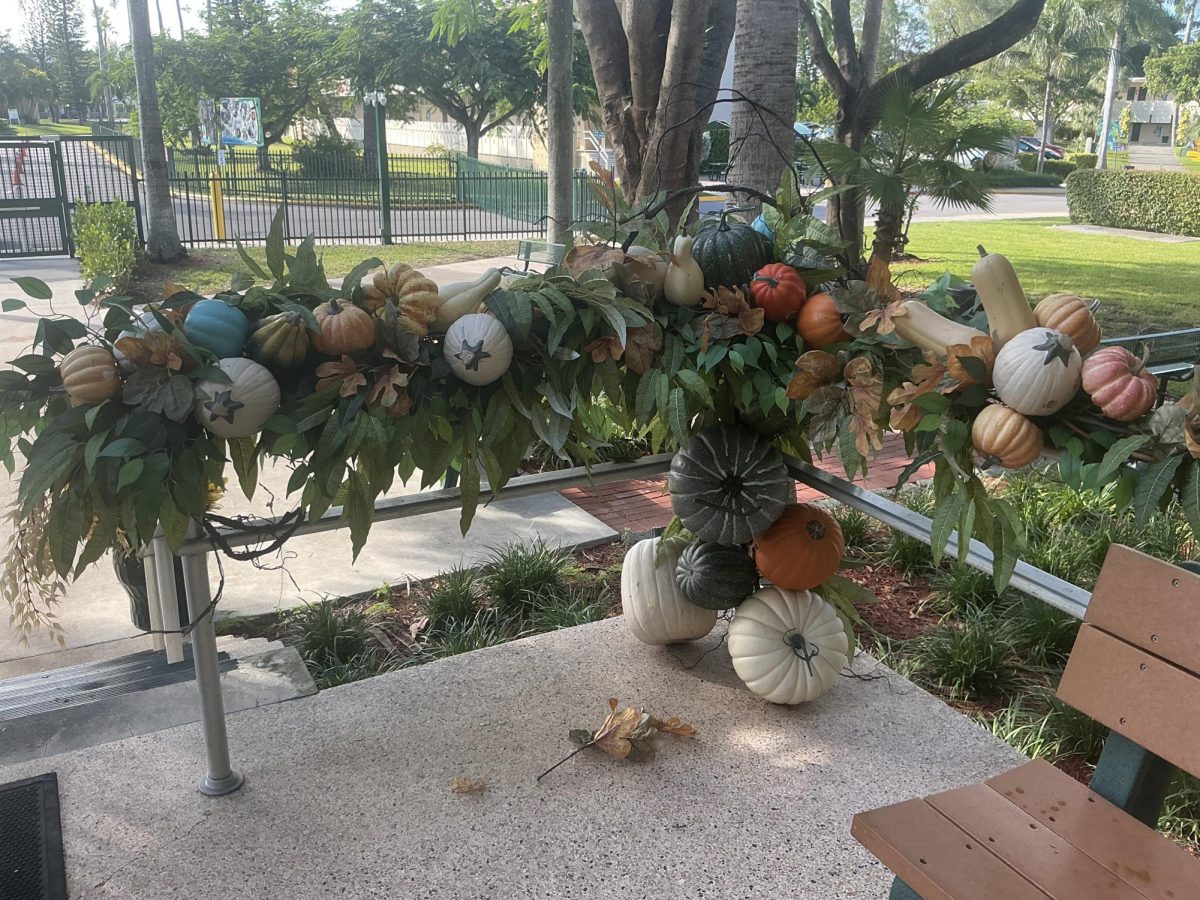Miami in the fall features no changing leaves much less cooler weather, unless 80 degrees counts. But one thing the area can depend on is the flavor of pumpkin spice which has emerged as a ubiquitous element to herald the start of the season.
When describing the smell and feel of fall, people typically say that they sense pumpkin spice which provides them with a cozy sensation. But why does this make pumpkin spice such a popular drink on the Starbucks menu as fall begins?
With its pumpkin spice lattes, Starbucks has encapsulated this emotional essence into a cup. People are typically drawn to the Starbucks pumpkin spice latte mostly because it is a seasonal drink associated with the fall season. This blend of cinnamon, nutmeg, ginger, and cloves has become synonymous with fall, bringing warmth, nostalgia, and comfort. The soothing feeling you get from just a whiff of smell is commonly what people are reminisce about.
“I like pumpkin lattes because they make me feel like Rory Gilmore and it makes me productive when I study at Starbucks,” said senior Cathy Barrabes.
During the rise of pumpkin spice, social media has played a massive role in lifting its popularity. The digital aesthetic of the fall season and sharing pictures of the leaves with the pumpkin spice latte created intense FOMO, encouraging more people each year to participate.
But knowing this, how does Starbucks consider how people feel about the fall season and pumpkin spice lattes? Starbucks does this by limiting the availability of pumpkin spice lattes. It creates a scarcity in consumer psychology, making customers eager to try it before the season ends. With its understanding of consumer psychology, Starbucks has successfully tapped into this trend, fostering a seasonal tradition that extends far beyond its menus. As the autumn leaves fall and the scent of pumpkin spice fills the air, people continue to be drawn to the magic of this beloved flavor.
“I don’t like pumpkin spice lattes because i’m not the biggest fan of the taste but i love the season,” said junior Ana Sophia.
As long as the allure of autumn nostalgia persists, the pumpkin spice trend will likely remain a dominant force in culinary culture and seasonal marketing.
